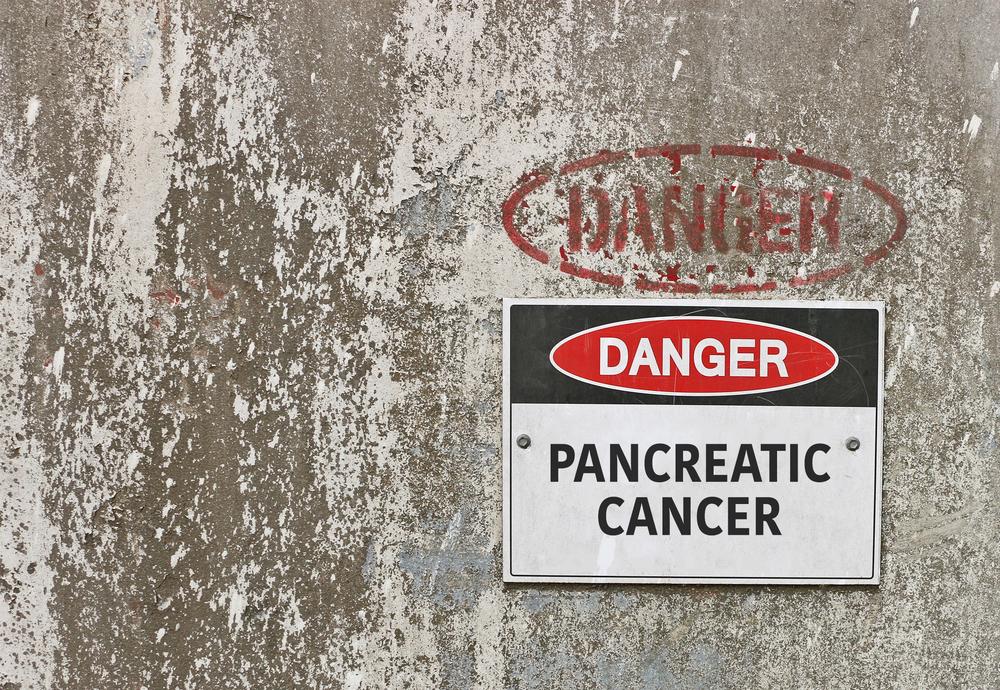
Stages of Pancreatic Cancer and Their Treatment Methods
Pancreatic cancer is one of the most dangerous forms of cancer. This type of cancer spreads very fast and tends to progress to later stages before doctors even detect it. This swiftness makes it a killer disease that is difficult to treat. The treatments for pancreatic cancer will depend on the stage and the overall health of the patient. The article explains the different stages of cancer and the treatment for the same.
1. Stages of pancreatic cancer
The treatments for pancreatic cancer are decided based on its stage. The stage indicates the progress of cancer. The TNM system helps to decide the cancer stage.
- T stands for tumor extent, which looks at how big the tumor is, and whether it has grown outside the pancreas.
- N stands for lymph nodes, which helps understand if the cancer has spread to the lymph nodes.
- M indicates how much cancer has metastasized, i.e. how far has the cancer spread from the pancreas.
There are five stages of pancreatic cancer. They are as follows:
- Stage 0
This stage is where the cancer is not visible in the imaging test and is present only at the top layer cells. It is a very early stage, hence it is almost impossible to detect cancer at this stage.
- Stage 1
At this stage, the tumor would be between 2 to 4 centimeters in diameter. Cancer would be restricted to the pancreas.
- Stage 2
In this stage, cancer would have increased in size to more than 4 centimeters. It would have spread within the pancreas and maybe the lymph nodes.
- Stage 3
At this stage, cancer would have spread to the nearby lymph nodes, nerves, or blood vessels.
- Stage 4
In this stage, the cancer has metastasized and spread to other organs like the liver, bones, or the lungs.
2. Treatment options for Stage 0 and 1
At this stage, the doctor would decide if the cancer is resectable (removable). Around 15 to 20% of cancers at this stage are resectable and can be removed through surgery. If surgery is not possible, you can opt for radiation therapy or chemotherapy.
Adjuvant treatment helps prevent the growth of cancer cells after they are removed.
3. Treatment for Stage 2
At this stage, cancer may be resectable, if so, it can be removed by surgery. It may also be borderline resectable, in which case it has to be treated through other therapies before surgery can be attempted. During this procedure, the objective would be to shrink the cancer size so it can be removed easily.
Chemotherapy and radiation therapy are the common procedures used to treat pancreatic cancer at this stage.
4. Treatment for Stage 3
At this stage, cancer is unresectable, and the doctors cannot remove it surgically. Chemotherapy, radiation therapy, and other methods like immunotherapy are used.
5. Treatment for Stage 4
At this stage, the survival rate is 1%, and chemotherapy is the main course of treatment. A type of pancreatic cancer known as NET can have a 16% survival rate. Clinical trials can be undertaken at this stage, along with new therapies.
The doctor would decide the treatment based on the progression of the disease. Make sure you take care of your health before and after the treatment procedure is done for pancreatic cancer.



